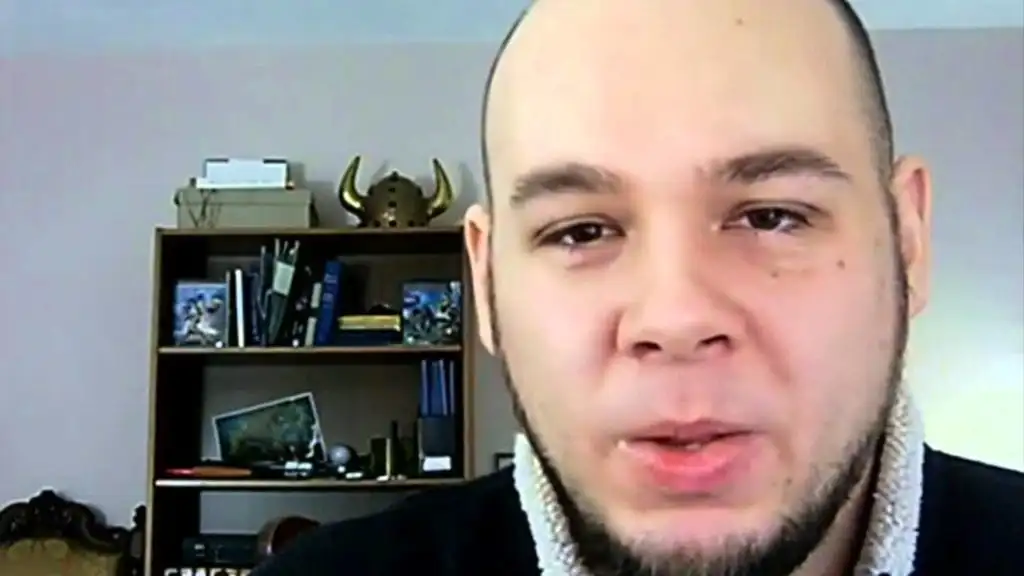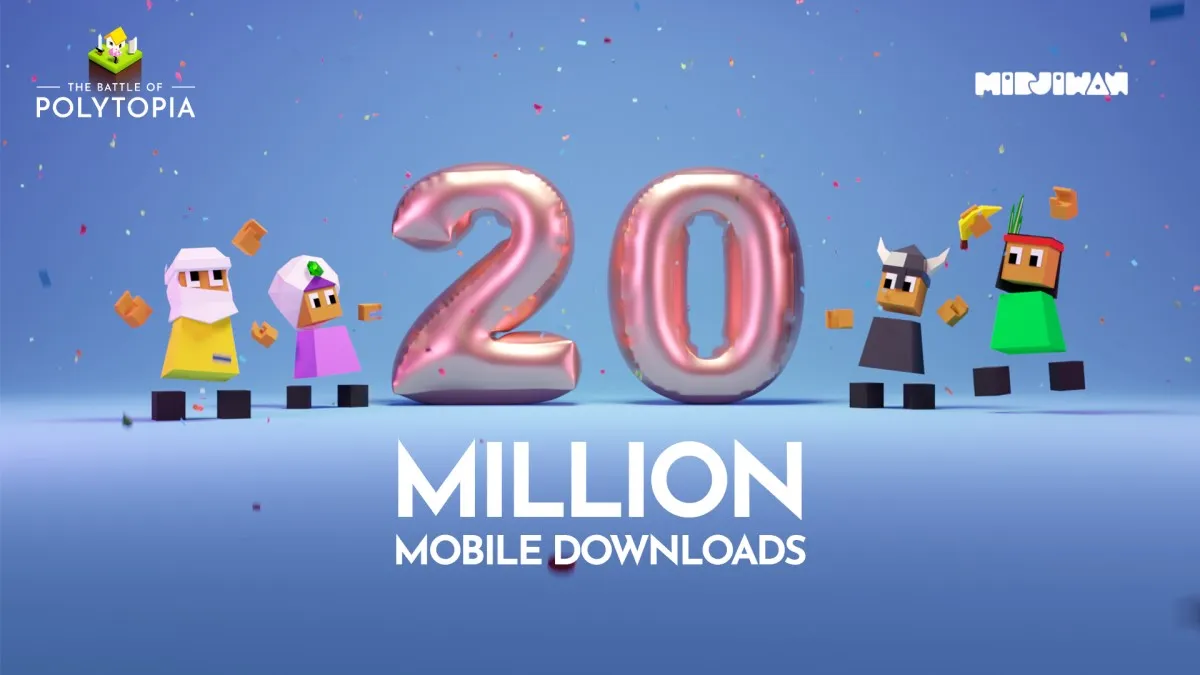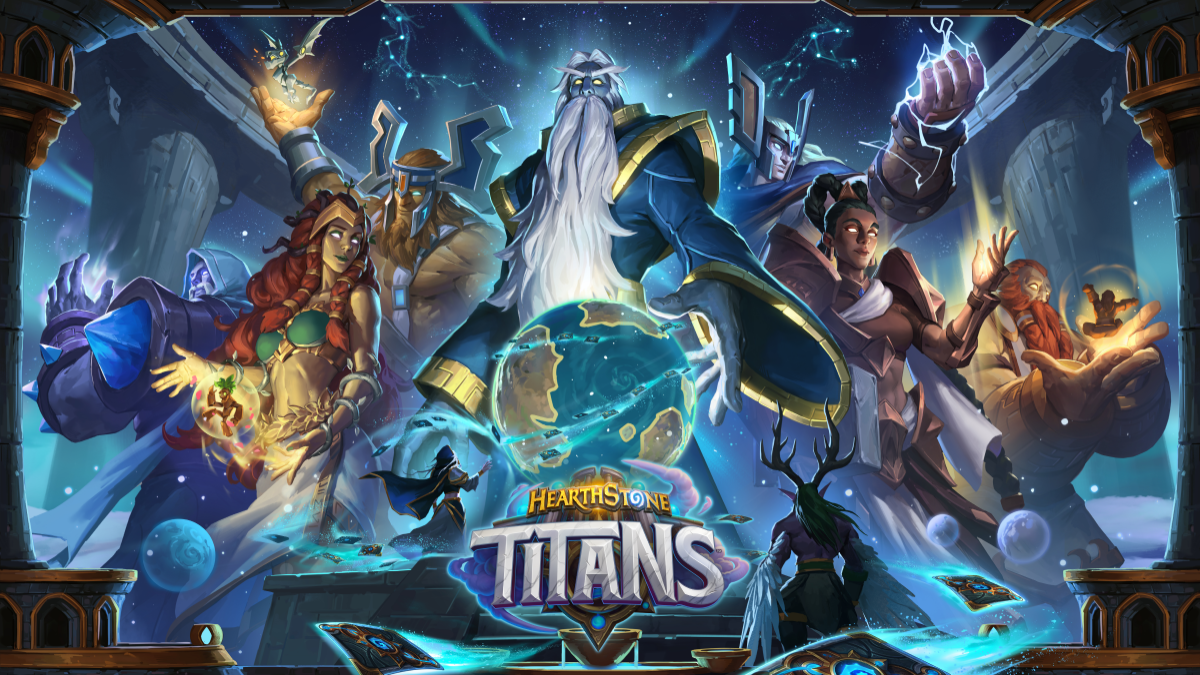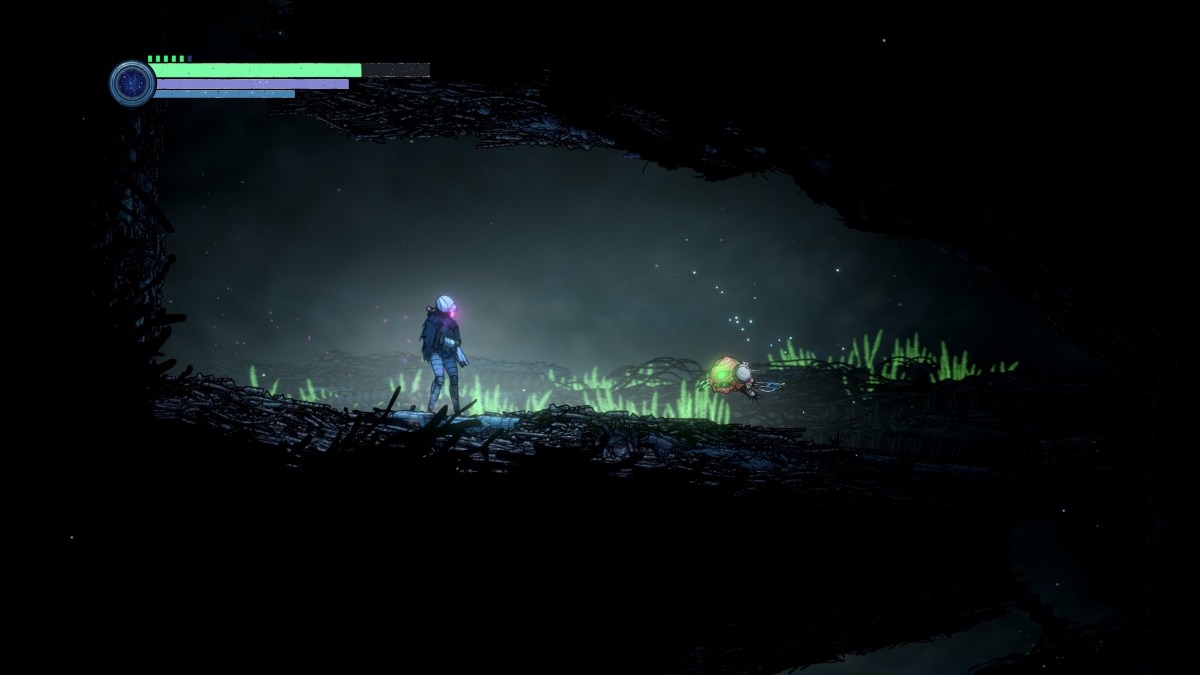
This week we caught up with Crate Entertainment CEO Arthur Bruno to discuss their ARPG Grim Dawn which is currently in alpha testing and Steam Early Access. In the interview Arthur discusses the challenged they face as an indie developer and how the game is progressing.
The interview comes in two parts (part 2 to follow) and you can either watch it below or read the transcripts.
Grim Dawn Interview Transcription – Part 1
Paul Younger: Hello! We’re here with Arthur Bruno, CEO of Crate Entertainment, who are working on the ARPG Grim Dawn. So, Arthur, it’s been awhile since we’ve chatted! What’s been going on?
Arthur Bruno: A whole lot of developing! Let’s see… last time we chatted it was prior to alpha release, wasn’t it?
PY: Yeah, it was quite a long time ago.
AB: So we’ve got the alpha of the game out since then, and it’s been out since I think June. Some people are putting hundreds of hours in – we’ve got one guy who has, according to his Steam account, put in over 1000 hours playing the game. I don’t even know how that’s possible, because it’s really, basically, Act One.
So we rolled that out early summer, released the fourth class mastery – the Nightblade – and we’ve done a bunch of builds since then. I think our initial release was build 8, and we’re getting ready to put out build 16 now, which will have some interesting enhancements for people.
We did a little bit of a graphical enhancement and put in some quest markers once you get close enough to the objective – the world is very open, so it’s been easy for people to get turned around. We’ve bumped up enemy damage a little bit, done various other balancing tweaks, and we’re getting really close to finishing Act Two, which we hope to have out in late December or maybe sometime in January, depending on how much testing is required to get it all working.
PY: It’s been a bit weird watching this develop. It was a Kickstarter, then Steam Early Access, and now… how far would you say that you are into alpha, or before beta? I know you’re saying you’ve still got Act Two to put in, but on your development timeline (which is probably impossible to figure out!) whereabouts do you roughly think you are, now?
AB: It’s really a strange project because normally you’d be developing a lot of tech alongside producing the content, and you’d be building up to some sort of a single release. At least that’s the way it was done back in the old days, back in 2006, when we released Titan Quest! [Laughs] It seems so long ago, now.
But now we’ve tried to get the game out as early as possible so people can start playing it and giving us feedback. On one hand, it’s technically far along in terms of development – it’s pretty playable. There are still some bugs and there are performance issues as it’s not fully optimised yet, but it’s pretty playable! On the other hand, content development is still lagging behind, and we still have a ways to go on that.
In terms of playablity, I’d say it’s close to beta. Maybe it is beta! It’s probably not far off a finished game in terms of playability. But in terms of actually finishing all the content, we’re technically not at beta yet. We have a ways to go, so it’s kinda weird. I feel like there’s a schism between the technical terms and the way that we use them in development now, where they’re more general estimations of where the product is.
PY: Looking back at how you developed Titan Quest, do you think things have really changed in terms of the way you approach this, and have you had to adapt to the way the industry is now and how things have changed in terms of development? Especially with indie titles like this.
AB: Yeah, it’s definitely changed a lot. The biggest thing, really, is that once the game is out there in the wild and people are playing it, you have a burden to keep the game highly playable – to squash bugs, to fix major balancing issues or things that just aren’t working for people – and that tends to slow down your forward progress because you spend a lot of time polishing before the polishing phase.
People want to have fun and they want to enjoy what’s out there, and you want them to enjoy what’s out there as it’s the world’s first impression of the game! So you end up doing polishing while you’re in the middle of development, which slows things down a little bit. You also have to be more careful as you try to introduce new things into the game. In normal closed development, you release something into the closed company version of the game and it may break all kinds of things, and you spend a month fixing it. We can’t really do that. While we have people playing the game we have to keep it playable, so it’s more… delicate, trying to release big changes or new features. You have to keep constantly testing, instead of having one testing cycle towards the end of development.
PY: Even before this Early Access stage, one of the things that’s been a bit of a hurdle for you guys is manpower. One of the motivations behind your Kickstarter, I think, was to try to round a team up somewhat. But you’ve also had other problems this year – personal problems, for want of a better word, which was lead poisoning!
AB: Yeeeeah.
PY: Tell us about the lead poisoning.
AB: Oh, God. One thing I have to say to our credit is that I think a lot of business premises are based on a fair weather strategy, and we’ve certainly not had fair weather! I don’t know; I guess that lends some credit to what we’re doing, that we’ve been able to get the game out despite everything that’s happened!
There was the financial struggle early on, like the issues with PayPal, if you heard about that. Just talking about that briefly, it’s kinda funny. It’s now the industry standard that everybody uses PayPal to crowdfund their pre-development game, whereas when we did it, PayPal was like “You can’t do this! We don’t allow people to pay for a product that’s more than 20 days away from shipping!” Then there was the whole lead issue in our last apartment.
I guess I should go back a step. I don’t know if you’d call it a problem, but during the development of the game I had a kid, so that certainly changed things. When he was about six weeks old they took him in and did the standard bloodwork, and it came out that he had elevated lead levels. It wasn’t dangerously high, but it was above the limits that they like to see. So I bought a bunch of lead testing kits online and tested all over our apartment, and found that pretty much everywhere was contaminated with lead! Mostly the windowsills, but also the floor and even our food pantries. So we got the hell out of there. [Laughs]
Basically, development got halted for me for a few weeks while I was out trying to find apartments, and it was just a really bad time in the market to be looking for a new place. We basically had to spend all of our efforts trying to find a place, pack up, get out of there, move into a new place, set all my stuff up again, and get back to developing the game.
PY: That’s a pretty tough time, especially with a small team. It must’ve had quite an impact.
AB: In some ways I’ve found that trying to schedule development for a six person team is more difficult and harder to predict than it is for a larger team! If you have a lead developer like myself, or… well, at one point our animator couldn’t work for a couple of months. When you have a team of four or five animators and you lose one for some reason – like illness, or they leave the company – you can kind of spread the work out, cut the non-essential stuff and keep going forward. But when you have one animator and you lose them for a couple of months, that part of development is basically dead in the water.
PY: Going back to the Steam Early Access stuff, how important a step is that for you to be on there? How is it helping with development of the game, as far as feedback is concerned?
AB: It’s been interesting in terms of feedback because you kind of get a different audience – a wider audience. People who aren’t necessarily already bought into the game and are just buying it as a product to play. I think they’re a little bit more critical of the game, but not necessarily in a bad way; it’s good to get that honest feedback.
Financially, it’s been good for us. We haven’t really been in a position where we’re worried about running out of money immediately, but at the same time it’s been tough to predict how long development’s going to go on. I’m a business owner now, and being responsible for a team of six people who are depending on you for income can keep you up at night wondering “Are we going to be able to finish the game in time?”
And not only finish the game before we run out of money, but get it into the marketplace – which is a whole process in itself! It takes an unexpected amount of time to actually get the game up there, and then you have to wait for sales to come in, and then after the first month of sales you generally have to wait another month before you receive your royalties…
For example, we put the game out on 5 November and we still haven’t received our royalty payment. The first month of sales is wrapping up, and it’ll probably be another 20 or 30 days before we actually get paid. So you have to really think far in advance about maintaining a sufficient level of funding for development.
PY: As far as funding is concerned, has this process made you think about or re-evaluate what you do once the game has actually launched? Right now the big buzzword is microtransactions, but as far as you’re concerned, because of the nature of the game, that’s not something it sounds like you’d be interested in doing. So post-release, what are your plans?
AB: We’re not really looking at microtransactions in terms of selling individual items. We’ve always been thinking about future content and selling it as larger chunks, but it’s hard to say. The game economy is changing. People almost expect that. Ten years ago, a lot of people really had disdain for microtransactions, and nowadays – to some extent – there’s almost a portion of the audience that wants that.
I don’t really know what the future holds, and we don’t have any plans currently to break content down as small as individual items, but… I don’t know. I’m not sure how we’re going to roll out future classes. To some extent, they may be included in larger expansion packs. We might have smaller “booster” things, where it’s a class and a bunch of additional items or something like that. I don’t know.
PY: You guys are thinking about modding support, as that was important to you previously. The fact that it’s not working on a closed, secure environment… as far as monetising is concerned, does that knock the idea of microtransactions completely out of the equation? If people are just able to do whatever the hell they want with the game anyway?
AB: It certainly is a concern, but then people can pirate the whole game, so! I think on some level, as we don’t have an always online game, you have to have some level of faith in the community that people who really value the game and want to support it are going to legitimately buy stuff, and yeah, there’s probably going to be some other people that don’t. To some extent maybe that’ll diminish the value of what people buy, but unfortunately, we’re not really in a position to do much about it at this point.
PY: Money’s obviously a huge factor here with regards to putting any infrastructure in place to do it and develop the system, but if you could, is that something you’d like to see in Grim Dawn?
AB: I don’t think we wouldn’t want to go always online, but –
PY: I wouldn’t say go that far! [Laughs]
AB: If we could, I’d certainly love to have a closed multiplayer option for people, where the people who are playing within that community can be assured of some higher level of integrity. That’d really open up a lot of options for us in terms of competitive multiplayer – races, ladders, that sort of thing. I think that’s really appealing to a certain segment of the audience that we’re probably missing out on at this point.
PY: Looking ahead to Act Two, what can we expect to find when that lands? You’ve kind of expanded Act One over the last month or so, but what’s coming up?
AB: Basically, the bridge that leads northwest out of town will be repairable, and people can repair that once they’ve killed the Warden and collected the requisite amount of resources. Then they can strike off north and there’ll be a whole bunch of additional quests. The quest tools kinda developed concurrently with us putting out Act One, so I’d say that we didn’t really leverage them to their full capabilities there. We’ve done a little bit more on that end in Act Two, where you’ve got a bunch of quests that offer some choice in terms of how you can complete them, and that has repercussions.
But basically, it’s a new environment and a half above ground. There’s a more open, rocky grassland with a lot of elevation changes, and then there’s a drier highland area that you head into, which will eventually bring you into Act Three. Then we have a new mine underground, and ruins underground, to do.
PY: I was running through some of the underground areas last night and they’re pretty big. I was getting horrendously lost! [Laughs] Moving on to modding, though. Obviously you can’t determine what the community’s going to come up with, but what are your thoughts on the modding right now? Are you guys thinking about creating tools to make things a little bit easier for people? How far have you gone with your thoughts on that?
AB: Honestly, we haven’t gone that far. This project has really been one step at a time. In some ways, when you’re such a small team, each person is responsible for so much that you have to kinda compartmentalise what you’re dealing with or you just go crazy. So it’s kind of in the back of our minds.
Some of the new tools that we’ve created for ourselves will, I think, be much friendlier to modders than what was available on Titan Quest. We’ve built a lot more flexibility into the game – for example, one of the big limitations in Titan Quest was that you could only have nine masteries, because that was the limit of what was included in the game. We’ve removed that restriction; people can basically add as many as they want. The quest tools are all new and I think are much easier to deal with, but they’re also more powerful. We’ve added in LUA scripting, which allows people to do a lot more. There’s the whole faction system which we’re still developing.
To some extent, I feel like we haven’t even had the time to really fully exploit these tools and push their capabilities, so I think there’s a lot of opportunity for modders to do stuff above and beyond what we’ve been able to do with the game so far.
PY: So I’m guessing it’ll have something like Steam Workshop support eventually?
AB: That’s something we’d like to do. Once we wrap up the game – and hopefully at some point, if we see an increase in revenue we can bring on more people – that will allow us to dedicate more manpower to things like supporting modding. I think that can be really powerful in terms of helping the game grow and have continued replayability for people over the years, as I think Titan Quest has shown. People have made some pretty impressive mods for that game.
PY: I’m going to talk a little bit about itemisation because it’s a hot topic in the ARPG community at the moment, as you may well know! What are your thoughts on that, and how are you approaching that? You’ve seen what’s been going on with Diablo‘s Loot 2.0, for want of a better word. How are you approaching itemisation in Grim Dawn?
AB: Honestly, I’ve got to say that I kind of know what’s going on with other games, but I don’t follow them as closely as you might think – partially because I just don’t have time.
PY: The whole lead poisoning thing was a ruse. We know what you’ve really been doing!
AB: [Laughs] In terms of itemisation, we’re basically taking what worked for us in the past and building off of that. I think at every step, instead of focusing too much on what the other guy is doing… I mean, we do look, and if people are doing something that’s a great idea which we’re able to work into our game then we’ll do that, but –
PY: You borrow it.
AB: Borrow it! There’s a lot of borrowing in game development. People have borrowed stuff from us in the past. I think Titan Quest had the first stash where you could shift items between characters, and that seems to be the norm now. So it’s all good. Everybody does it.
But I’d say we’re more focused on “What do we have? How can we make that better? What’s the next step?” Sometimes ideas come from the community. People are endlessly talking about items, and what’s working and what’s not and what they’d like to see. Whenever we find something we can do that we think will be an improvement, we work that in.
For example, one of the things that we’ve been trying to do more is put more skills on items – granted skills, passively activated skills – with the idea that eventually people can create viable builds outside of just the class mastery skillset.
PY: One thing I noticed running through it the last couple of days was that there are a hell of a lot of yellows dropping. They seem to be popping all the time, which gives me a massive dilemma. [Laughs] Do you think that’ll get scaled back? What are your thoughts on the drop rates?
AB: I dunno! Honestly, I thought that the drop rates were relatively low in terms of yellows…
PY: Maybe it’s just me. Maybe I got lucky.
AB: We’ve been going back and forth, trying to find the sweet spot. On the one hand, I’d say that a few months ago – probably around build 12 or 13 or something – the loot got a little too stingy, and people were running around at level 10 or 15 with white items in certain slots. And not in a good way, where they’d found the next tier of common items with better stats; they were wearing some old thing that they just hadn’t been able to replace! So we boosted it since then.
Is it too high now? I’m not sure. I kind of go through cycles of intensely playing the game so that I can get a really good feel of where things are, and I’ll do a little bit of fine-tuning. After awhile, as I get busy, I tend to rely more on feedback from the forums. So at some point as we progress in development I’ll go through another cycle of intensely playing the game and get a feel for where it’s at, but… I don’t know. People seem to be reasonably happy.
Check out part 2 of the interview







Published: Dec 9, 2013 07:14 pm